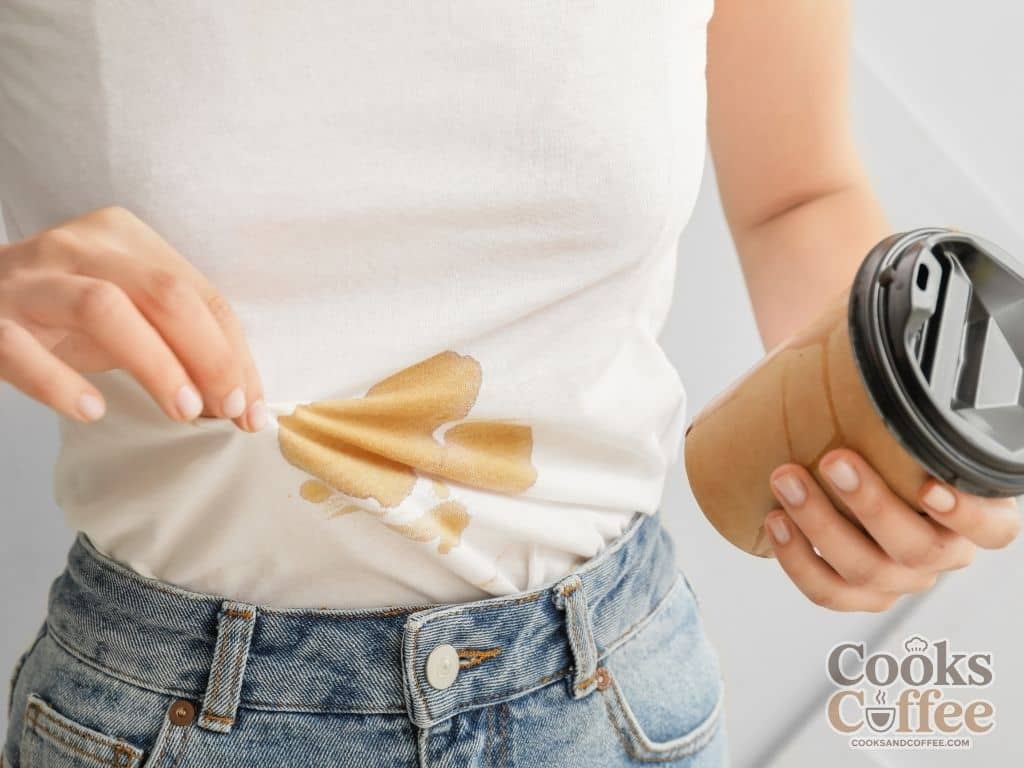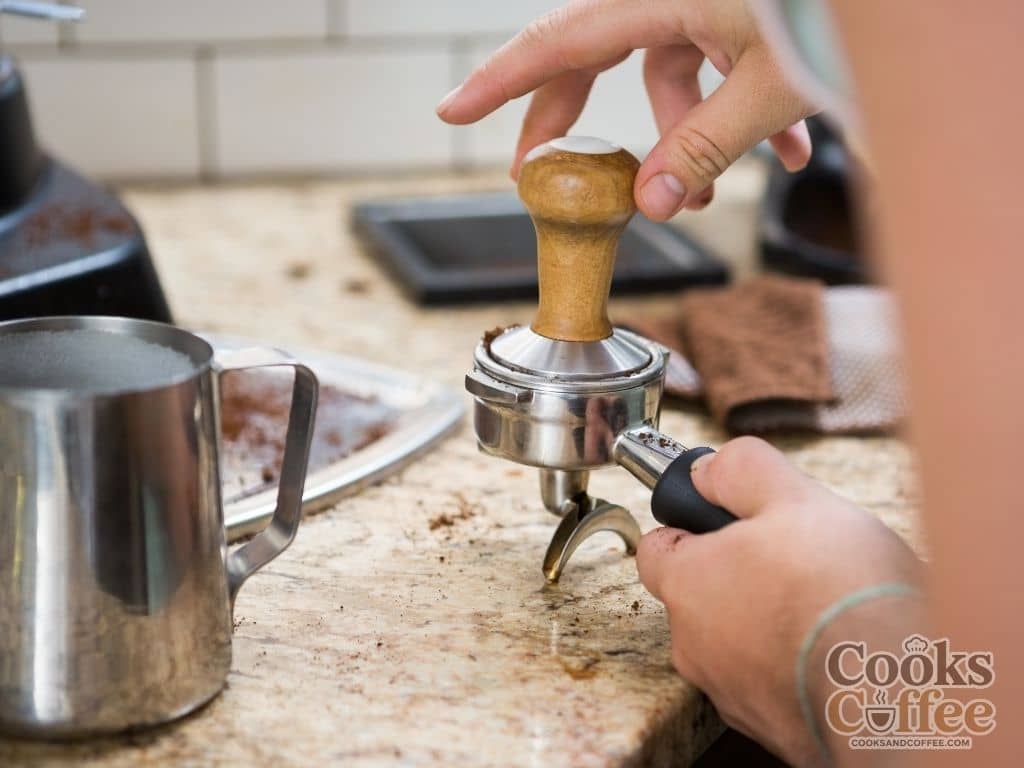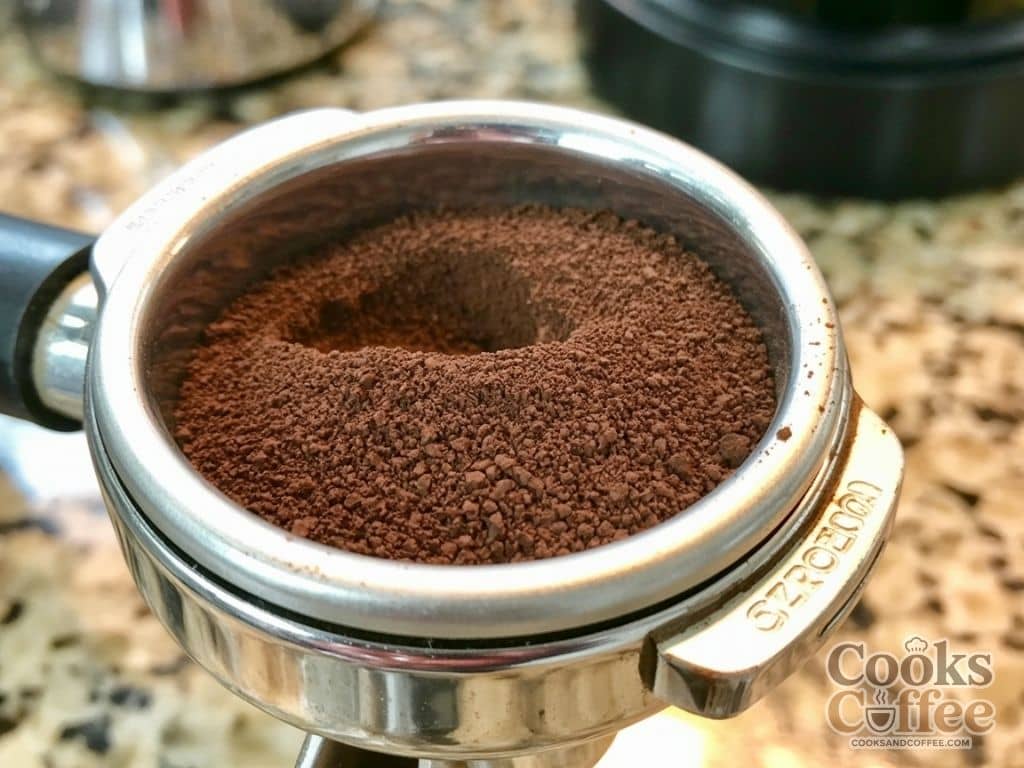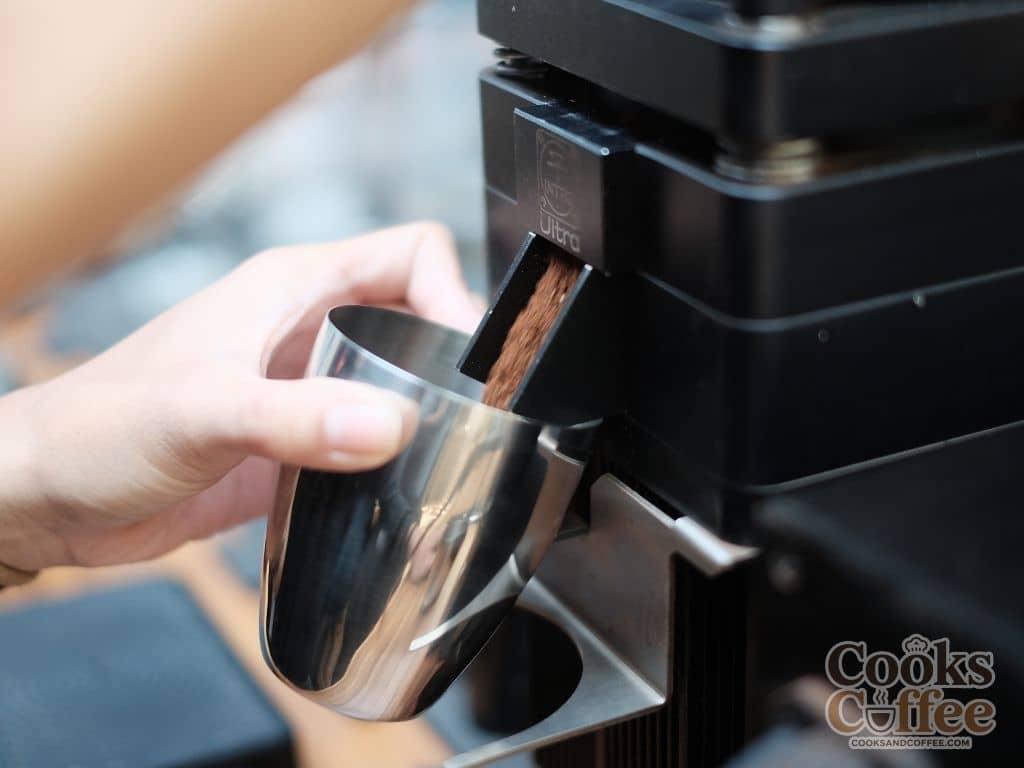
Spilled Coffee? Save Your Shirt With This Simple Trick!
Well, well, well. Look what we have here. You’re frantically Googling stain removal because you’ve just given your favorite white shirt an impromptu coffee baptism. Don’t sweat it. We’ve all been there. In fact, I’m pretty sure my entire wardrobe has a faint, roasted aroma at this point.
There’s something uniquely tragic about watching that dark, delicious elixir of life arc through the air in slow motion, destined for anything but your mug. But here’s the good news: a coffee stain is rarely a death sentence for your clothing. The real secret? You gotta act fast, and you gotta know your weapons.
Consider me your friendly, caffeine-fueled stain-removal guide. Let’s get your gear looking fresh again.
The Golden Rule: Act Immediately!
I cannot stress this enough. Your number one weapon against any stain, but especially coffee, is speed. A fresh stain is a surface-level problem. An old stain has had time to deeply penetrate the fabric fibers and set up a little vacation home, making it infinitely harder to evict.
The moment the spill happens, your internal alarm bells should ring. Don’t panic. Spring into action. Your future self, staring at a clean shirt, will thank you.
What’s the very first thing you should do?
Blot, Don’t Rub! (Seriously, Stop Rubbing)
I see you. Your first instinct is to grab a napkin and scrub furiously at the spill. Stop right there. Rubbing is what you think helps, but it’s actually the villain in this story.
Rubbing grinds the coffee particles deeper into the fabric. It also risks damaging the fibers and can spread the stain, turning a small dot into a huge, ugly smudge. Instead, you need to gently blot.
Grab a clean, absorbent cloth, paper towel, or even a spare napkin. Place it over the stain and press down firmly. You’ll see the liquid transfer from your shirt to the towel. Move to a clean section of the towel and repeat until you can’t absorb any more coffee.
Think of it as gently coaxing the coffee out, not angrily punishing it.
Your Go-To Move: The Quick & Easy Fresh Stain Removal
So you’ve blotted the excess. The stain is still there, but it’s damp and fresh. This is where we win. For about 90% of fresh coffee stains, this simple method works like a charm. You probably have everything you need in your kitchen or bathroom right now.
What You’ll Need:
- Liquid dish soap (The kind you use for hand-washing dishes is perfect. I’m a Dawn loyalist, but any will do.)
- White vinegar
- Cold water
- A clean cloth or sponge
The Step-by-Step Process:
- Rinse from Behind: Turn the garment inside out and hold the stained area under a steady stream of cold water. Why cold? Hot water can actually cook the proteins in the coffee (and any milk/cream), setting the stain permanently. Let the water push the stain out of the fibers from the back.
- Apply Soap: After rinsing, apply a small drop of your liquid dish soap directly onto the stain. Why dish soap? It’s a degreaser designed to break down oils—and coffee contains natural oils. Gently work the soap into the fabric with your fingers.
- Vinegar Rinse (The Secret Weapon): If the stain is being a little stubborn, bring in the big gun: white vinegar. Mix one tablespoon of white vinegar with two cups of cold water. Soak the stained area in this solution for 15 minutes. The mild acidity helps break down the coffee compounds.
- Wash It: Finally, toss the garment in the washing machine on a cold water cycle. Before you dry it, and this is crucial—check to see if the stain is gone. If you see any trace of it, repeat the process. Drying a stained garment with heat will set the stain forever.
See? Not so bad. But what if you’re reading this hours, or even days, after the spill happened? Don’t lose hope just yet.
Dealing With the Enemy: Set-In and Old Coffee Stains
Okay, so maybe you found a shirt balled up in the back of your car from last week’s drive-thru disaster. It happens to the best of us. An old stain requires a stronger approach, but it’s not necessarily a lost cause.
For these set-in stains, we need some heavier-duty stain fighters.
Pre-Treat Like a Pro
Your washing machine detergent needs backup. Before you even think about starting a wash cycle, you need to pre-treat the stain.
My absolute favorite, can’t-live-without-it product is a stain remover spray. I’ve tried them all, and IMO, ones like Shout or OxiClean MaxForce Spray Gel deliver consistent results. They’re designed to cling to the fabric and break down the stain molecules.
Spray or dab the remover directly onto the dry stain, making sure to fully saturate it. Let it sit for at least 15 minutes, or even longer if the instructions say you can. This gives the enzymes and solvents time to go to work dissolving the coffee.
The Power of a Soak
For really stubborn, old stains, a good long soak is your best friend.
- Fill a sink or basin with one gallon of cold water.
- Add a scoop of a oxygen-based bleach (like OxiClean) and mix until it dissolves.
- Submerge the stained garment and let it soak for several hours, or even overnight.
- After soaking, check the stain. If it’s gone, wash as normal. If it’s still visible, don’t dry it! Try a more targeted approach.
When to Bring Out the Big Guns: Hydrogen Peroxide
Is the stain still laughing at your efforts? Time for hydrogen peroxide (the standard 3% solution you find at any drugstore). FYI, always do a spot test first! Hydrogen peroxide is a mild bleach and can damage or discolor some fabrics, especially dark or delicate ones.
Find a hidden spot, like an inside seam, and dab a tiny bit of peroxide there. Wait 30 minutes. If the fabric looks fine, you’re good to go.
Apply a small amount directly to the stain, let it bubble and fizz for a few minutes, then rinse thoroughly with cold water. This often lifts what other methods can’t.
Special Considerations: Fabric and Add-Ins
Not all coffee stains are created equal. A black coffee spill on a black cotton t-shirt is a very different beast than a milky latte on a delicate silk blouse. You have to adjust your tactics.
The Dreaded Dairy Dilemma
Had cream or milk in your coffee? You’ve got a double-whreat. You’re not just fighting coffee tannins; you’re fighting dairy proteins. Remember: never use hot water on a dairy stain. It will cook the proteins and make the stain permanent.
Stick to cold water rinsing and use an enzymatic pre-treatment or dish soap, which is great at breaking down fats and proteins.
Delicate Fabrics: Silk, Wool, and Suede
This is where you need to tread carefully. Your aggressive scrubbing and strong chemicals can ruin these delicate materials.
- Silk & Wool: Your best bet is often to take it to a professional dry cleaner, especially if the garment is expensive. If you want to try a gentle method at home, start with a cold water rinse and a tiny drop of mild dish soap or a specific delicate-fabric stain remover. Blot gently and avoid any harsh rubbing.
- Suede: Oh, boy. Coffee on suede is a nightmare. Your first step is to immediately blot with a dry cloth. Then, use a suede brush or a clean pencil eraser to gently erase the stain. If that doesn’t work, it’s 100% time for a professional suede cleaner. Don’t experiment here.
Your Coffee Stain Removal Cheat Sheet
Let’s make this simple. Here’s a quick, at-a-glance guide you can come back to.
| Situation | Best Method |
|---|---|
| Fresh Stain (Any Fabric) | 1. Blot. 2. Rinse with cold water from behind. 3. Apply dish soap. 4. Wash in cold water. |
| Set-In Stain (Cotton, Polyester) | 1. Pre-treat with a stain remover spray. 2. Soak in OxiClean & cold water. 3. Wash in cold water. |
| Stain with Dairy | Never use hot water! Use cold water and an enzymatic cleaner or dish soap to target proteins. |
| Delicate Fabrics (Silk, Wool) | Blot with cold water, use a mild soap for delicates, and consider a professional cleaner for valuable items. |
| The Stain Persists | Do not put it in the dryer! Repeat treatment or try a dab of 3% hydrogen peroxide (after a spot test). |
You’ve Got This!
Look, spilling coffee is basically a rite of passage. It doesn’t mean you’re clumsy; it means you’re human (and probably running on less sleep than you should be).
The key takeaways are simple: blot, use cold water, pre-treat, and always check the stain before you toss it in the dryer. Arm yourself with a good stain remover spray and a bottle of white vinegar, and you’ll be prepared for 99% of coffee-related clothing emergencies.
So next time that mug slips, you won’t feel that sinking feeling. You’ll just roll up your sleeves and get to work. Now go forth and conquer those stains. Your wardrobe (and your caffeine habit) depends on it



